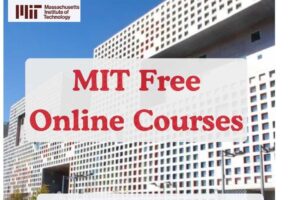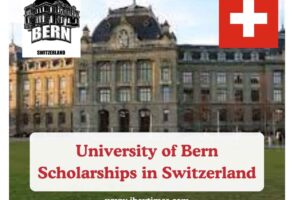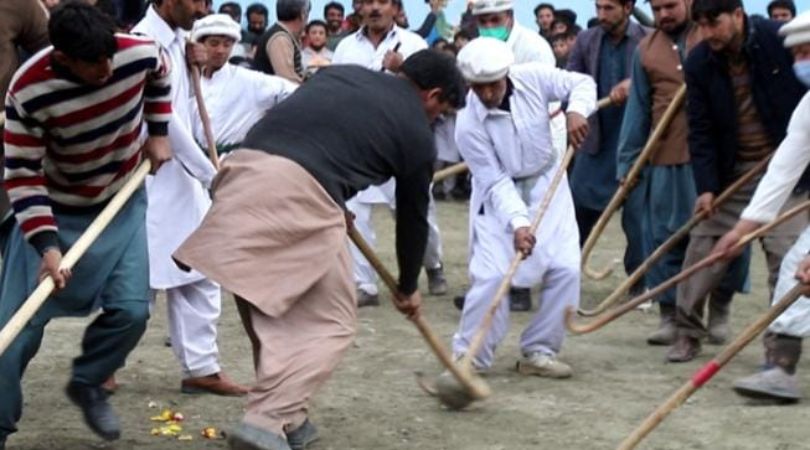By Zain ul Muluk
Languages are one of the essential components of human culture. Each has a unique history and development, representing different beliefs and lifestyles.
Currently, an estimated 7,000 spoken languages exist in the world. The most widely spoken languages in the world include Chinese, Spanish, English, Hindi, Urdu, and Arabic, which millions of people use as their first or second language.
According to statistics, half of the world’s languages are on the verge of extinction due to decreased population, globalization, or the shift to the use of dominant languages. Many linguists and organizations working on cultural preservation are documenting the alphabets and scripts of the languages facing potential extinction.
Declared by UNESCO in 1999, International Mother Language Day is celebrated every year on February 21 throughout the world to protect and promote linguistic heritage. Different events and activities are conducted to promote the use and ensure the protection of endangered languages and dialects.
According to an estimate, half of the world’s languages are on the verge of extinction due to decreased population, globalization, or the shift to the use of dominant languages.
Zain ul muluk
Expansion of culturally dominant languages, and socio-economic, edu-political, and cultural assimilation act as real threats to many languages facing extinction in the world. In other words, these factors lead to language shift as speakers of one language abandon one language in favor of another.
Considering the above grim situation, it is important to make result-oriented efforts aimed at promoting a diverse and multilingual society.
How to preserve endangered native languages?
The following are the ways that can be adopted to raise awareness of the importance of mother language.
Language documentation
Language documentation plays a key role in the preservation of mother tongues. It involves collecting and documenting various aspects of the language, e.g., its alphabets, vocabulary, rules, cultural practices, and oral history, etc.
The language documents serve as a valuable resource for linguists, anthropologists, and native speakers to understand and preserve the languages. Without language documentation, the knowledge and traditions associated with mother tongues are at risk of being lost forever.
Without language documentation, the knowledge and traditions associated with mother tongues are at risk of being lost forever.
Zain ul Muluk
Documentation can help raise awareness of the importance of preserving linguistic diversity and can also provide a basis for language revitalization efforts by organizing educational materials and language teaching programs. In nutshell, language documentation is an essential step in the process of preserving mother tongues and ensuring their continued use for education and research for future generations.
Language revival
Efforts aimed to restoration of the language are very important for the preservation of mother tongues. Language restoration included the revival of the use of languages that are in decline. Such efforts will lead to its continued use among the speakers. This includes promoting language use in everyday and domestic life, developing educational materials and language teaching programs, and providing opportunities for intergenerational language transmission.
By reviving an endangered language, its cultural heritage and traditions can be preserved and passed on to future generations. Moreover, language revitalization can help create a sense of harmony and identity among cultures speaking the same language and build stronger link with their cultural heritage. It is pertinent to note that language revitalization is an important component of preservation efforts for endangered languages, ensuring their continued use and contributing to linguistic and cultural diversity is imperative.
Language policy and planning
Formulating a language policy and effective planning ensure the preservation of mother tongues. It includes the formulation and implementation of strategies, policies, activities aimed at promoting and sustaining the use of endangered languages. Such schemes include provision of language education in various educational institutions and development of language teaching materials as well as promoting the use of mother tongues in various sectors of society, such as: media, newspapers, government and commercial affairs. Rights and language restoration measures may be included.
Effective language policy and planning also involve close cooperation with linguistic groups, taking into account the different perspectives and needs. This can help secure the future of mother tongues and ensure their continued use by providing a holistic and integrated approach. Of course, such planning will also be an essential tool in efforts to maintain cultural diversity.
Community involvement
Ensuring community involvement is very beneficial for the preservation of mother tongues. This may include language education programs, creating a language-friendly environment and promoting the use of the language in everyday life. Community involvement also includes creating opportunities for inter-generational language transmission, where older generations teach the language to younger generations.
By involving the community in the process of language preservation, their cultural heritage and traditions can be kept alive and passed on to future generations. This will lead to a greater sense of ownership in community activities and a stronger connection to their cultural heritage. Community involvement is an important component of efforts to preserve endangered languages and ensure their continued use and revitalization.
Cultural promotion
Cultural promotion involves highlighting the cultural heritage and traditions associated with the mother tongue and raising awareness about its importance. Cultural promotion can take many forms, such as: production of language materials, cultural events and festivals, and promotion of cultural practices and oral histories, folk literature and written capital, etc.
By promoting a mother tongue, linguistic groups can feel closer to their cultural heritage and develop a sense of deep connection. This can result in a strong commitment among the public to preserve the language and pass it on to future generations. Also, cultural promotion is an important aspect of efforts to ensure the value of linguistic and cultural diversity and the importance of preserving mother tongues, their continued use and, survival.
Digital security
Available documents of native languages can be protected from loss or degradation through digital technology and made accessible to future generations. This may include the creation of digital archives, online dictionaries and databases, audio and video recordings of speakers of the language. Digital preservation also plays a role in the development of language learning materials and tools, such as interactive language apps and games.
In addition, digital preservation will help ensure the long-term sustainability of language preservation efforts, as digital resources can be easily adapted and maintained over time to meet contemporary needs. Digital preservation is an important component of efforts to protect endangered languages, which will be a valuable resource for language groups, linguists and future generations.
Preservation of mother tongues is a complex and multifaceted process that requires a holistic and integrated approach. Language documentation, revitalization, planning, community involvement, cultural promotion and digital preservation are all important ingredients to ensure the continued use and vitality of native languages.
Each of the above aspects plays a unique and important role in linguistic, and cultural diversity, and linguistic groups’ efforts to preserve their cultural heritage and traditions. By working together, and using strategies and tools, we can ensure that endangered languages are protected and passed on to future generations, enriching the world’s linguistic and cultural landscape.
It is very important to note that every language has centuries-old history and culture. Moreover, the mother tongue is as sacred as the mother. Preserving mother tongues is a long-term endeavor that requires the cooperation and participation of the communities that speak them, as well as the support of governmental and non-governmental organizations.
The writer is an academician and currently associated with Aga Khan University Examination Board as Manager Curriculum and Examination Development.













